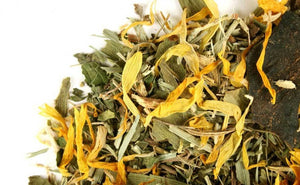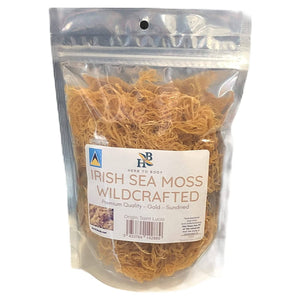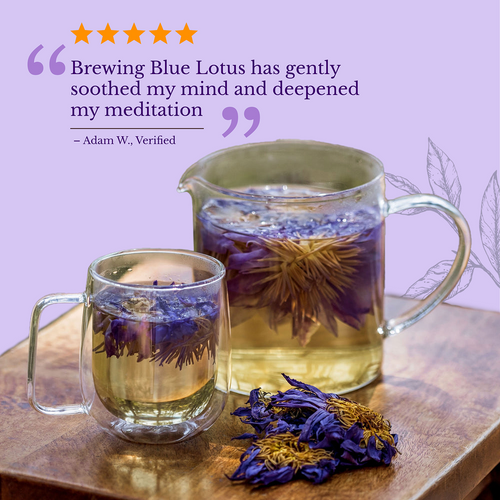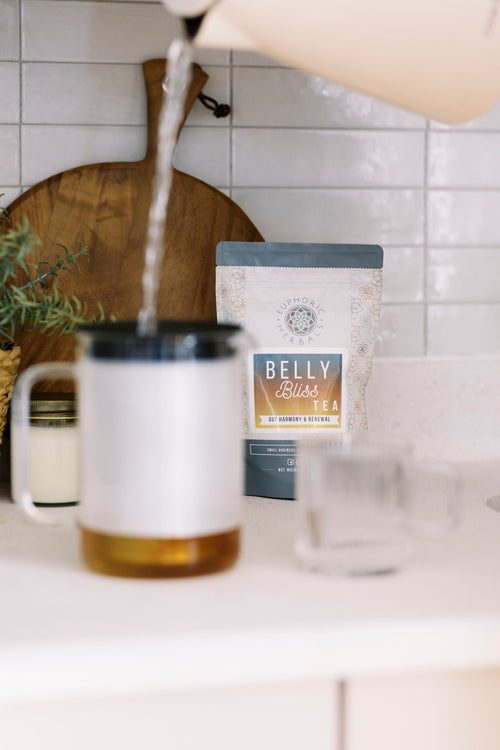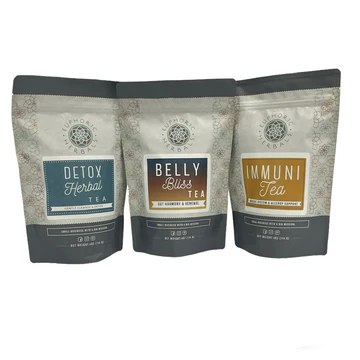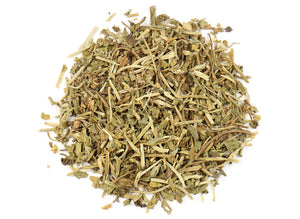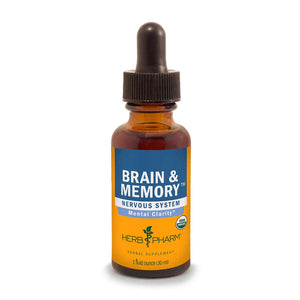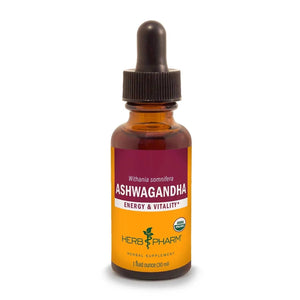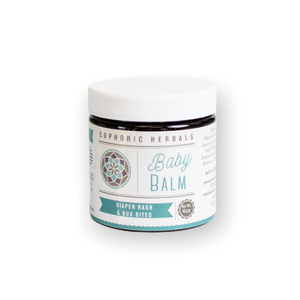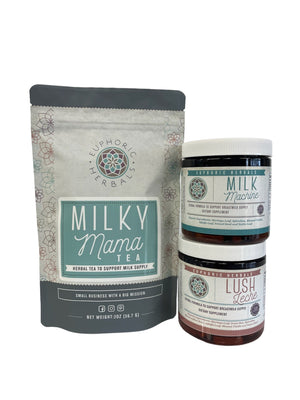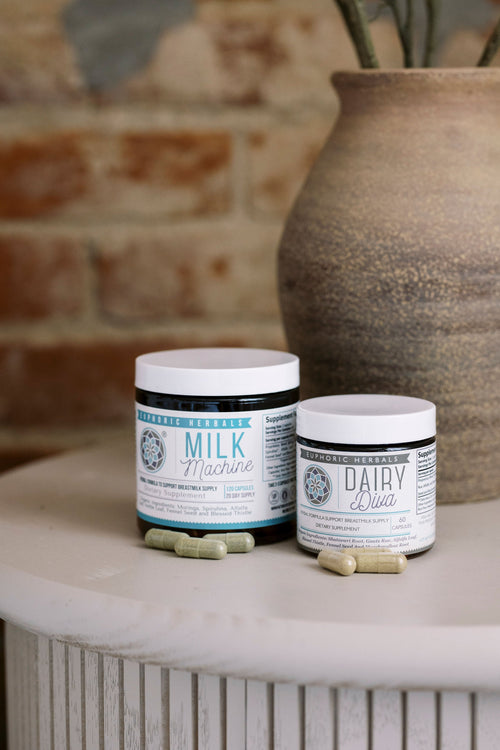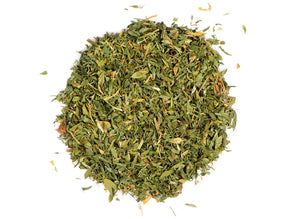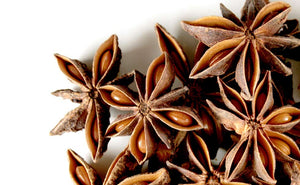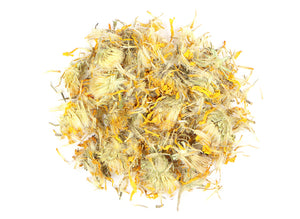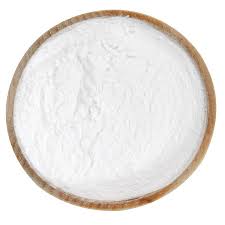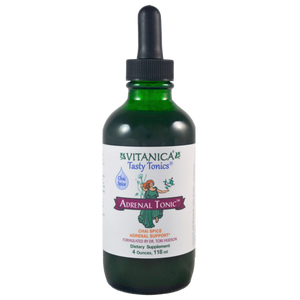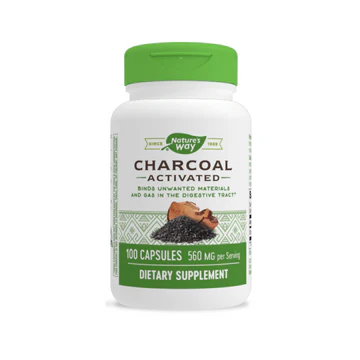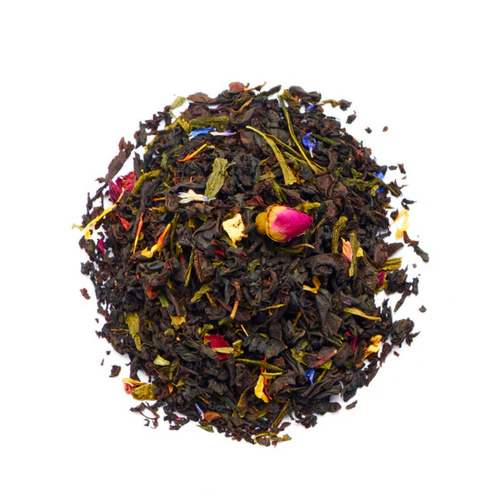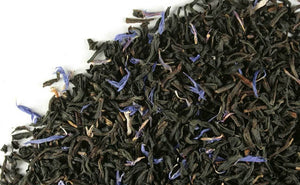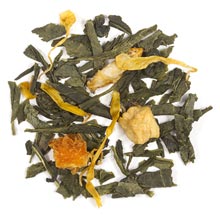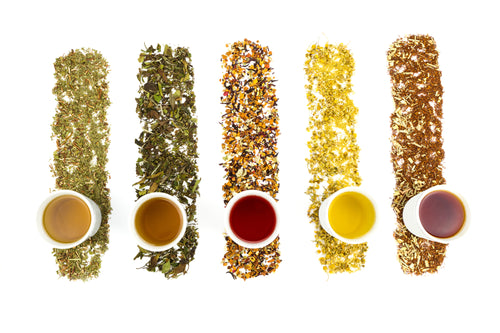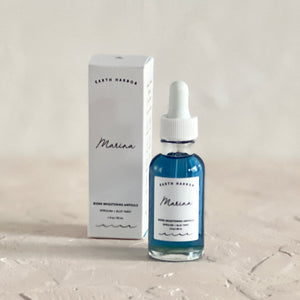Pomace olive oil (also called olive oil pomace) is a specific type of olive oil. It's less expensive than extra virgin and virgin olive oils while still retaining many of the same health benefits.
Many people have likely never heard of pomace olive oil, but it's much more well known to soap makers.
It's an ingredient used by many soap makers as the base oil for the soap bar and has many beneficial properties for skin.
Here's more about what pomace olive oil is, its benefits, and why it's so good for making soap.
What Is Pomace Olive Oil?
Olive oil comes in several different grades depending on how and when it's extracted from the olives.
To extract olive oil, the olives are typically crushed into a paste. The oil is then separated from the rest of the paste and bottled.
Extra virgin olive oil comes from the very first pressing of the olives and cannot be extracted using heat or chemicals. It's produced by mechanical extraction and is often considered to have the most health benefits when consumed.
Virgin olive oil also comes from the first pressing and is also extracted without chemicals but has what's known as a higher free acidity level than extra virgin.
Grade A or pure olive oil is a blend of virgin and refined oils. Because it's more refined, pure olive oil doesn't have quite as many nutrients as virgin or extra virgin. But it is a more stable product and is often used in soap making.
Pomace olive oil comes from the very last extraction of oil, the dregs of the olive paste. It also does not have the same nutrient profile as extra virgin olive oil, but is still very nutritive, stable, and very beneficial as a soap making ingredient.
Pomace olive oil is also much less expensive than extra virgin olive oil, which makes the end product more affordable for consumers.
Key Components of Pomace Olive Oil
Like all the other grades of olive oil, pomace olive oil is very nutritive and composed of many different fatty acids.
Oleic acid is the most prominent fatty acid in olive oil, making up about 60-83% of the total. (1) Oleic acid has been shown to have many beneficial properties including acting as an anti-inflammatory. (2)
Other fatty acids found in pomace olive oil have moisturizing, cleansing, conditioning, and lathering properties when used to make soap. (3)
Vitamins, antioxidants, and other nutrients are also key compounds.
Benefits for Skin
While extra virgin olive oil is typically considered the best to use as part of a healthy diet and for cooking purposes, pomace olive oil does not have the same flavor and is mostly used for other purposes.
It does, however, carry many of the same benefits as virgin olive oils for skincare.
All olive oils are very nourishing for the skin and can especially help to hydrate dry or irritated skin. Olive oil contains a compound called squalene, which mimics our skin's natural oils.
Antioxidants in olive oil work to fight signs of aging, and the mildness of pomace olive oil makes it a good choice for sensitive or mature skin.
Pomace olive oil also contains unsaponifiables, which are compounds that help to soften and moisturize skin.
Pomace Olive Oil for Soap Making
Olive oil has long been a favorite base oil in soap making.
It has moisturizing and skin-nourishing properties. It's very mild, which makes it good for sensitive skin and adding in fragrance. And using olive oil as the base oil creates a nice hard bar of soap and helps to produce a good lather in the final product.
A soap that uses 100% olive oil is consider to be castile soap and has been made for centuries. Even when not used at 100%, olive is often included in soap recipes mixed with other oils because it has so many skin benefits.
All different grades of olive oil can be used to make bars of soap.
Virgin and pure olive oils will typically have a lighter color than pomace olive oil. Pomace olive oil has a greener color, which can give a green cast to the finished soap bar.
What makes pomace olive oil a good choice for many small business soap makers is the cost. Because it's extracted from the leftover dregs of the olive paste, it's much less expensive.
Using pomace allows soap makers to get all the natural skin benefits of olive oil into their soap bars without raising the price too high.
Other Soap Making Oils
While castile soap has great properties and is a very traditional soap, other oils are often added in with pomace olive oil because of their own benefits for skin.
Castor Oil: Castor oil is a thick liquid oil that comes from the castor bean plant. It's a staple in natural skincare and is often added into soap at a small percentage to help create a better lather.
Cocoa Butter: Cocoa butter is a solid fat (at room temperature) and is extracted from cocoa beans. It contains natural antioxidants and adds luxurious, moisturizing properties to soap.
Coconut Oil: Coconut oil is another staple in natural skincare and often used as an ingredient in soap. It's considered a cleansing oil and creates a great soap bar when mixed with hydrating oils.
Shea Butter: Shea butter is another ingredient that makes soap feel more luxurious and gives it moisturizing properties. Like olive oil, it's high in fatty acids and helps to harden cold process soap.
Sweet Almond Oil: Sweet almond is a much more lightweight oil than olive. It's full of vitamins A and E as well as fatty acids which are all beneficial for skin.
Try Pomace Olive Oil
While pomace olive oil is often used by soap makers who sell their soap bars, it's also an inexpensive ingredient you can use to try making soap at home.
Olive oil helps to create a hard and mild bar of soap and is a good base oil for beginners to start with.
Now that you know more about it, why not try turning it into homemade soap?






